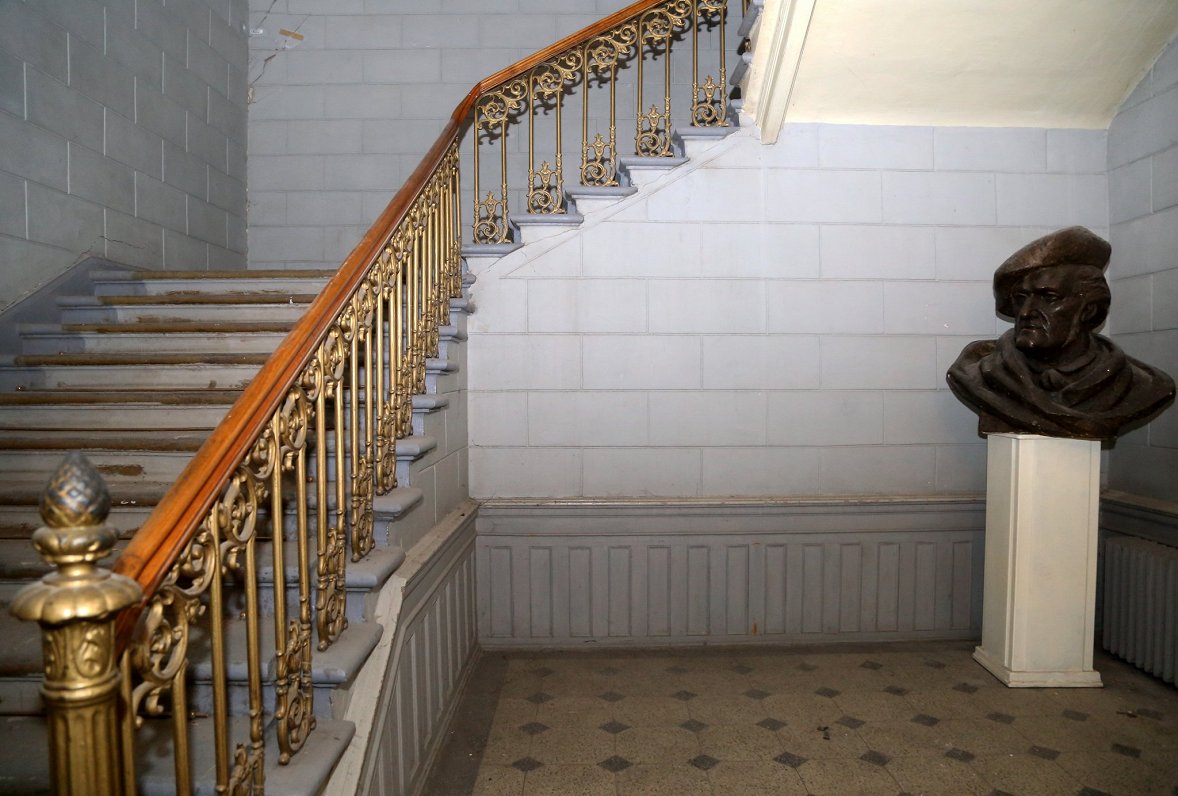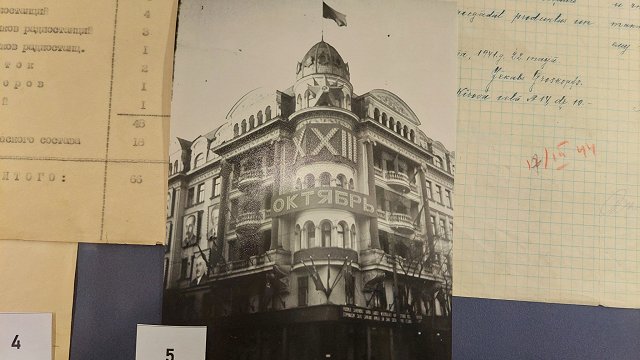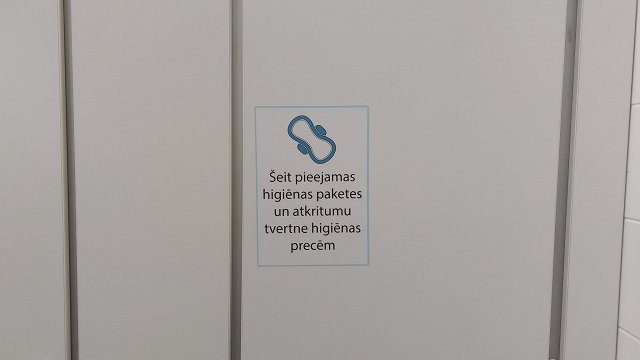Before becoming an opera composer, Richard Wagner (1813-1883) wielded the conductor’s wand in Rīga. In August 1837, at the age of twenty four, he arrived in the Baltic metropolis, back then ruled by the Russian Empire, and became Kapellmeister (chief conductor) at the germanophone Riga City Theater. However, debts and quarrels with the theater director forced the Saxon conductor to hastily leave the city after spending just two seasons here.
Despite the short duration of the stay, Rīga was an important step in the ascending composer’s career. It was here that Wagner started working on Rienzi, his third opera, which he finished in Paris and first showed the public in 1842 in Dresden. The adventurous sea voyage to London after abruptly fleeing Rīga was to serve as inspiration for his Flying Dutchman.
Likewise, he gleaned the first architectural inspirations for his “holy hall”, the Bayreuth Festival Theater, during his time at the Riga City Theater. Back then it was the hotspot of German theater and musical life in what’s now the capital of Latvia. Since the 1980s, the building, located on a street that was later named after the composer, houses the Wagner Hall. The future of this building, which is in need of renovation, is, however, far from clear.
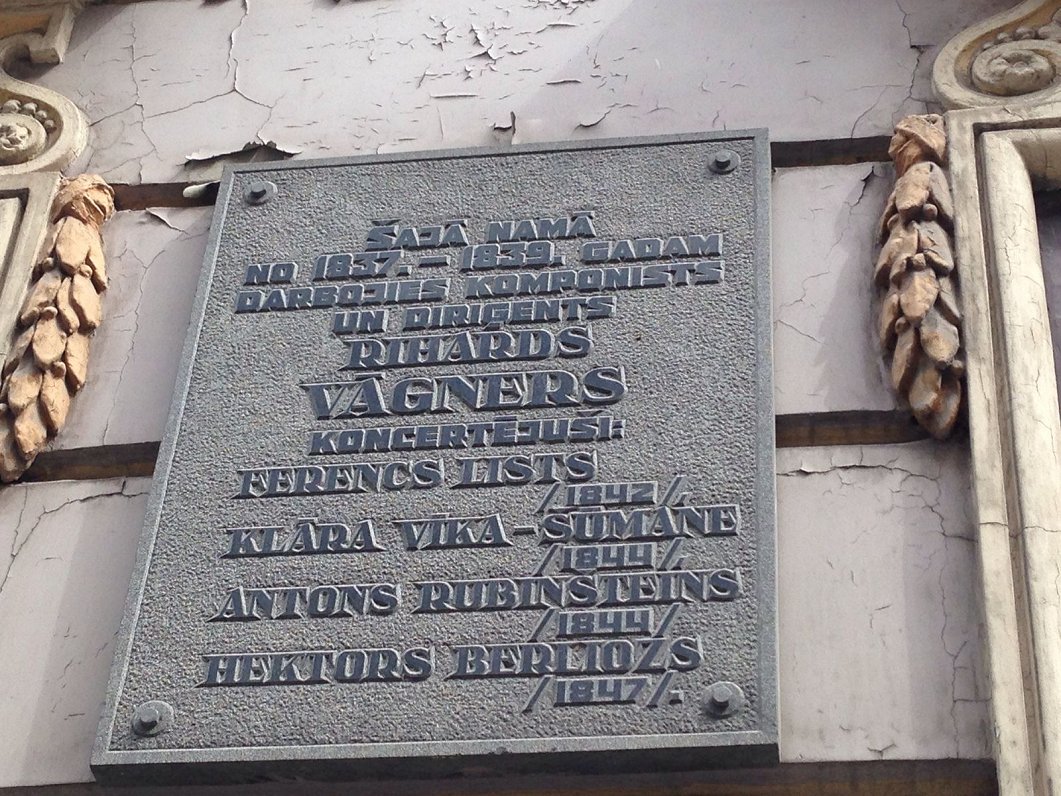
Initially, Wagner lived in a cramped city apartment close to the theater. In spring 1838, he moved to a spacious house in the St. Petersburg suburb north of the city center. It was there he wrote the first two of the five acts of his early work Rienzi. The controversial musical genius hoped that the work would break him away from the world of provincial theater. He had set his sights on Paris, the city which set the fashion in music back in the day.
However, Wagner would experience artistic success only much later in his career. And this, as the composer notes in his own autobiography, came as a surprise to some of his contemporaries in Rīga. All the more reason for the modern city to remember its fleeting resident who would, at the era, also stage concerts at the House of Blackheads.
The Latvian National Opera, the stage portal of which is decorated with a portrait of Wagner, celebrated his 200th birthday with a massive production of the Ring of the Nibelung. In 2014, when Rīga was a European Capital of Culture, his Rienzi was showcased as well. There’s a conductor’s wand on display at the Museum of the History of Riga and Navigation, purportedly left behind by Wagner.
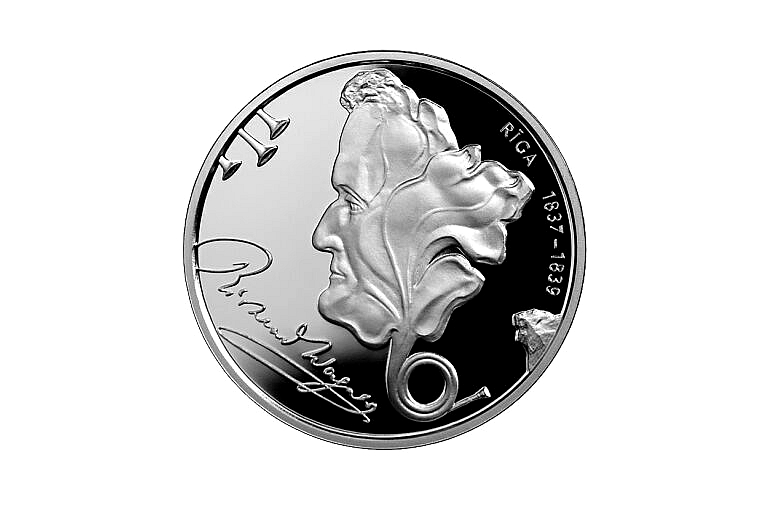
The German Traces series was first published as part of the Goethe Institut in Rīga project “German Footprints in Latvia” ("Vācu pēdas Latvijā" www.goethe.de/vacu-pedas). The linked mobile application "German Footprints in Latvia" can be downloaded at www.ej.uz/vp-iOS and www.ej.uz/vp-Android.
